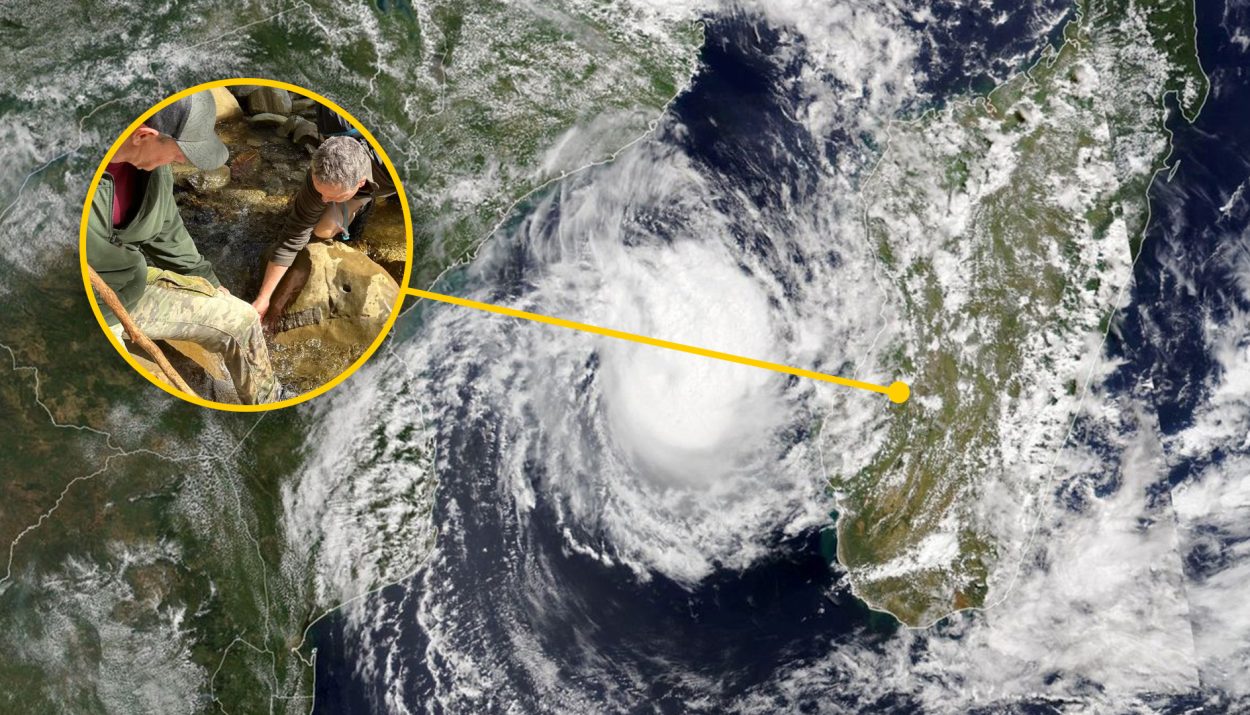Most of the time, the planet hides its ancient secrets, but from time to time, Mother Nature tips her hand. When that happens, archaeologists and paleontologists get some unexpected help in their search for prehistoric fossils.
That’s exactly what happened in February 2023 when a deadly cyclone swept across New Zealand and caused massive damage on the North Island. Amid the destruction and upheaval, researchers discovered two long-buried fossils of extinct marine dinosaurs. Here’s how this incredible discovery was made.
The Incredible Power of Cyclones
Cyclones go by a few other names … hurricanes and typhoons, depending on the part of the world you are in. These powerful tropical storms pack a punch with high winds, driving rain, and storm surges. When they make landfall, the damage can be extensive and widespread.
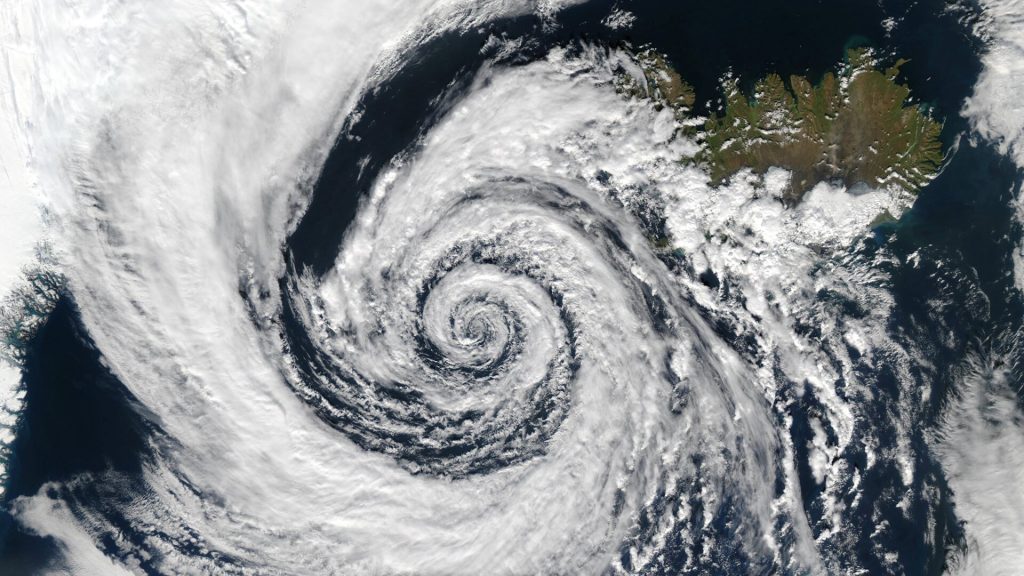
Thanks to advances in meteorological monitoring systems, the number of deaths from cyclones and hurricanes has declined in recent decades, but they still pose a significant threat to people and property. In most cases, it is the intense flooding and storm surges that kill the most people, while the high winds cause the most damage to buildings and trees.
Cyclone Gabrielle
Cyclone Gabrielle, which struck the North Island of New Zealand in February 2023, has the distinction of being the costliest storm ever recorded in the Southern Hemisphere. The storm killed 11 people and caused more than $8.4 billion USD in damage.

Despite the death and destruction, Cyclone Gabrielle clocked in at only a Category 3 cyclone when it made landfall on February 11, 2023. Power was knocked out. Roads were washed away. And New Zealand declared a national state of emergency that was in place for weeks.
Accessing the Storm Damage
Once the winds subsided, the staff at the Forest Lifeforce Restoration Trust organized a team of volunteers to assess the storm damage at several national parks and nature preserves on New Zealand’s North Island. One of those sites was the Maungataniwha Native Forest.

According to Pete Shaw, the Forest Lifeforce Restoration Trust’s forest manager, it looked like “a giant had walked down the streambed, kicking at rocks and boulders as if they were pebbles and turning everything over as he goes.” Because of that, however, the team was able to make an amazing discovery.
The Maungataniwha Native Forest
Covering an area of more than 15,100 acres, the Maungataniwha Native Forest is publicly owned land that is managed by New Zealand’s Department of Conservation. The forest is home to rare native plant, animal, reptile, and bird species, including the Wood Rose, the Forest Gecko, Scarlet Mistletoe, and the Short-Tailed Bat.
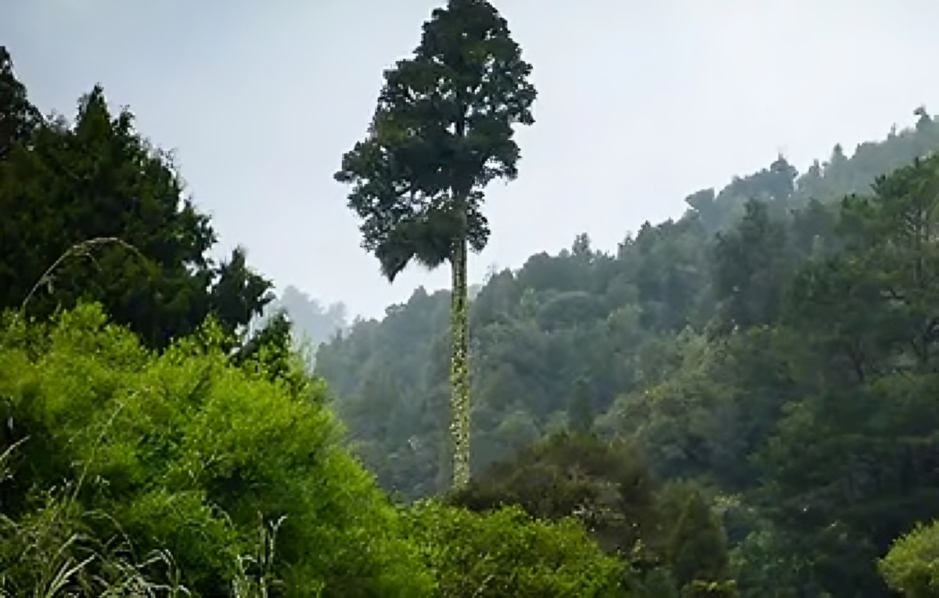
Both archaeological and paleontological excavations have been conducted at Maungataniwha Native Forest. The region was used by ancient humans and is a repository of prehistoric fossils, which have been buried under the sedimentary rock. The name “Maungataniwha,” after all, means “sandstone”.
Two Fossilized Vertebrae
In March 2023, the staff and volunteers checking the cyclone damage in the Maungataniwha Native Forest noticed that rocks, boulders, and trees in one of the river valleys were completely rearranged. The deluge of rainwater flooding through the narrow valley scoured the streambed and the valley floor.
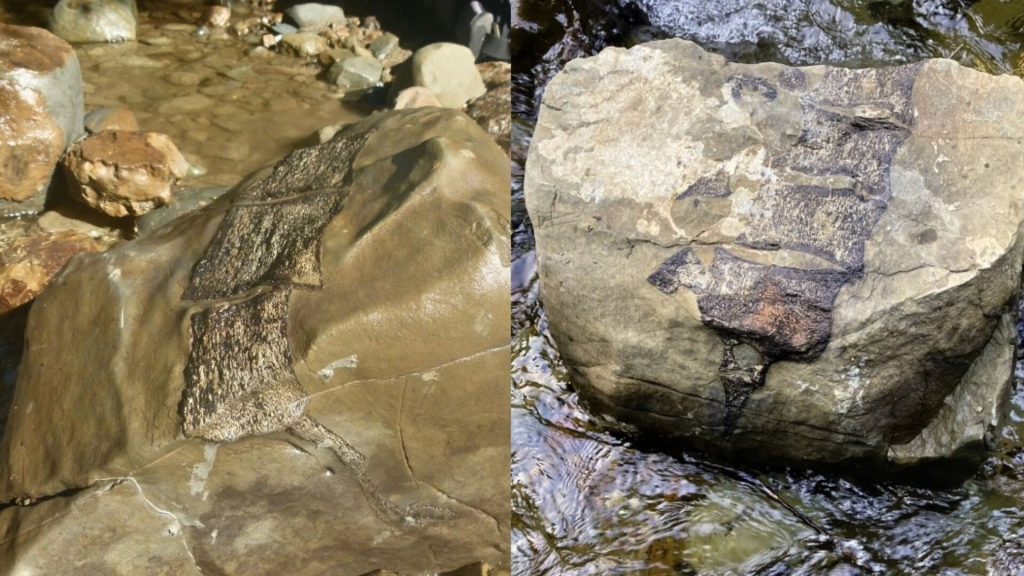
Among the overturned rocks and recently disturbed boulders, the staff stumbled upon two fossilized vertebrae. To their surprise, it turns out that the vertebrae belonged to two different species of giant marine reptiles that have long since gone extinct – an Elasmosaurus and a Mosasaurus.
Paleontology Experts in Wellington
According to Shaw, he and his staff knew right away that the fossils were special. They enlisted the help of paleontology experts in Wellington, the capital city of New Zealand. Marianna Terezow, the manager of the National Paleontological Collection, was the one who identified the fossils.

Shaw has worked with Terezow in the past and has relied on her expert opinion to identify other fossils he has discovered. Terezow explained, “Each new fossil find is like a page out of a storybook and it is great to have knowledgeable and skilled people like Pete Shaw and his colleagues making these new discoveries.”
What Is an Elasmosaurus?
A member of the plesiosaur family, the Elasmosaurus was a prehistoric marine reptile that went extinct about 80 million years ago. The Elasmosaurus, an aquatic reptile, lived during the Late Cretaceous period. These creatures could be distinguished by their remarkably long necks – roughly two-thirds of its total body length.
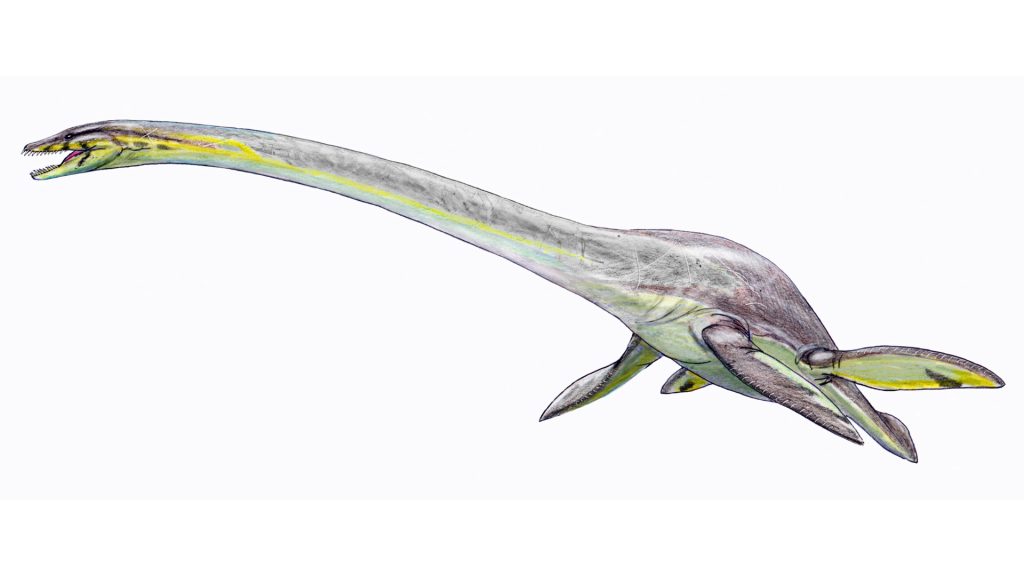
These reptiles, which could grow to as long as 40 feet, had rather small heads and rows of sharp teeth. The Elasmosaurus used those sharp teeth to catch and eat fish and other sea creatures. Natural swimmers, the Elasmosaurus had aerodynamic bodies and flippers that propelled them through the water.
What Is a Mosasaurus?
The Mosasaurus, like the Elasmosaurus, lived during the Late Cretaceous period, thriving between 70 to 66 million years ago. The different species within the Mosasaur family are classified as “squamates,” reptiles that were not true dinosaurs. Instead, they belong to the same classification as snakes and monitor lizards.

Like monitor lizards today, the Mosasaurs were powerful, aggressive, apex predators. Unlike monitor lizards, Mosasaurs were marine reptiles. With their paddle-like appendages, strong tails, and sleek bodies, they could swiftly power through the oceans to attack their prey. With rows of razor-sharp teeth and a hinged jaw, they could swallow their prey whole.
Maungataniwha Native Forest’s Dinosaur History
This is not the first time that fossilized remains of prehistoric dinosaurs have been discovered in Maungataniwha Native Forest. In fact, this is where the first dinosaur fossils ever found in New Zealand were discovered. This find was made in 1975 by one of the country’s leading paleontologists, Joan Wiffen.
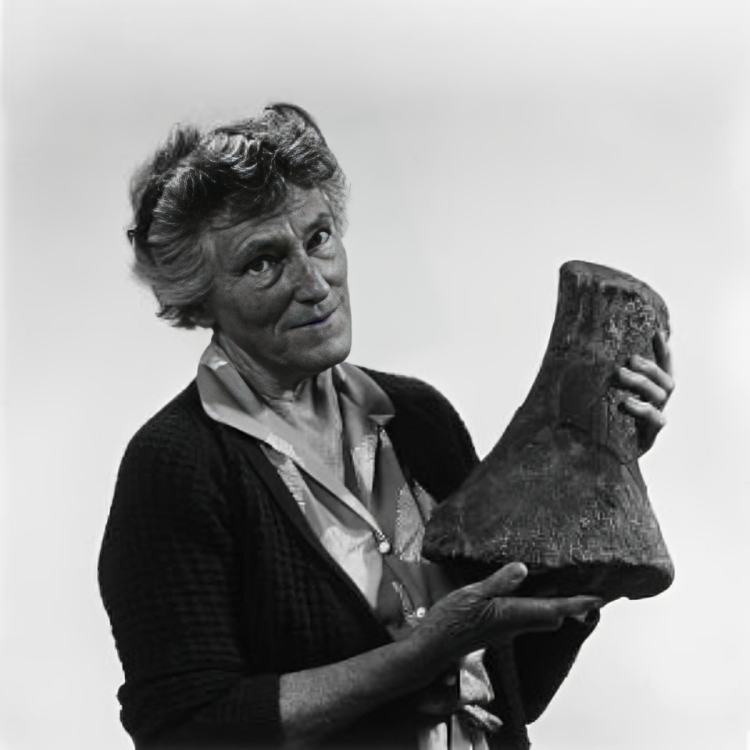
Her findings led to more discoveries of dinosaurs from the Cretaceous period. As Peter Shaw explained, “If any one place is the epicenter of New Zealand paleontology, then Maungataniwha, and particularly the Maungataniwha Stream, is probably it.”
Mosasaurs in New Zealand
It is not unusual to find Mosasaur fossils in New Zealand … although they are not common or easily found. As Shaw noted, Mosasaur fossils were first unearthed in the Waipara. Later, other fossils were discovered at Haumuri Bluff in Marlborough and Shag Point in Otago.
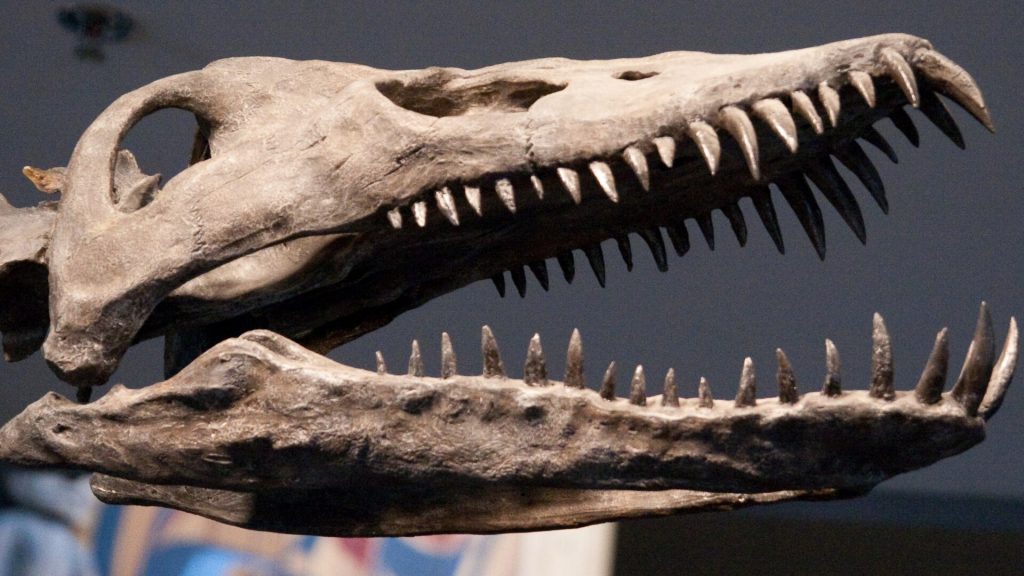
When Joan Wiffen was working in the Mangahouanga Stream, she discovered fossilized teeth of the Mosasaur. Pete Shaw came upon part of a Mosasaur jaw, with intact teeth, in the Maungataniwha Native Forest in 2015.
A Fossil-Hunter’s Dream
In the decades since Wiffen’s historic discovery, Maungataniwha Native Forest has been a mecca for professional paleontologists, geologists, and amateur fossil hunters. It is not uncommon for someone to find an interesting fossil or geologically significant rock.
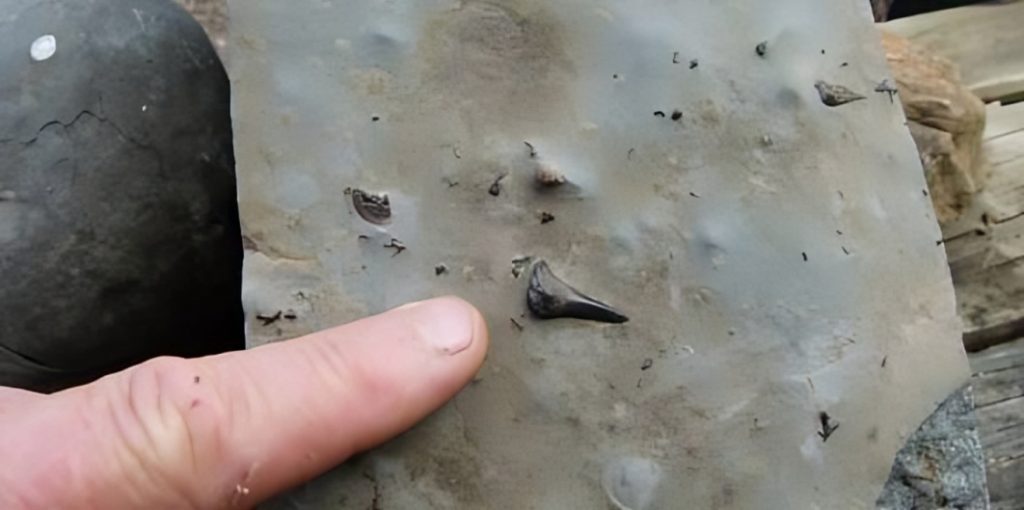
Since Wiffen’s made her find in the 1970s, however, no one has found a large fossil in the Maungataniwha Native Forest. That is until Cyclone Gabrielle stirred up the rocks, making what was once unseen seen again.
Pete Shaw, Award-Winning Fossil Hunter
When he is out in the field, Pete Shaw knows what he is looking for. He is not just an experienced fossil hunter … he is an award-winning one! In 2019, Shaw was presented with the Geoscience Society of New Zealand’s Harold Wellman Prize for his fossil discoveries in the Maungataniwha Native Forest. And this was four years before he found the two large fossils in March 2023.
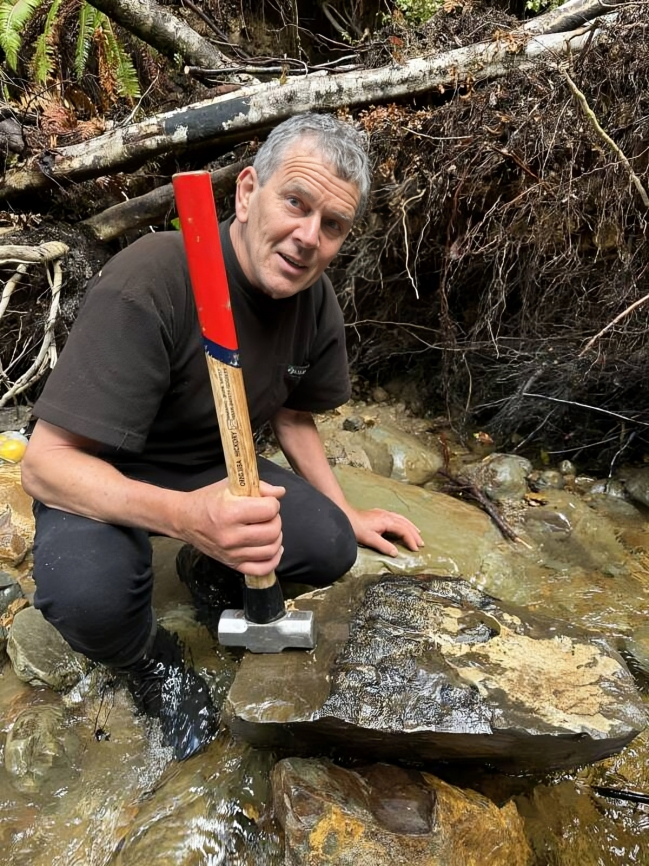
The award was named after Harold Wellman, one of New Zealand’s most influential geologists. Through his work as a surveyor, miner, and geologist, Wellman greatly contributed to the country’s scientific community. The award that bears his name is given to individuals who make important fossil discoveries in New Zealand.
The Cretaceous Period Ended in a Mass Extinction Event
In Earth’s geological history, the Cretaceous Period followed the Jurassic Period. During the Cretaceous Periods, from about 145 to 66 million years ago, dinosaurs ruled the planet. The continents were slowly spreading apart, and the climate was warmer and wetter. Flowering plants first made their appearance during the Cretaceous Period.
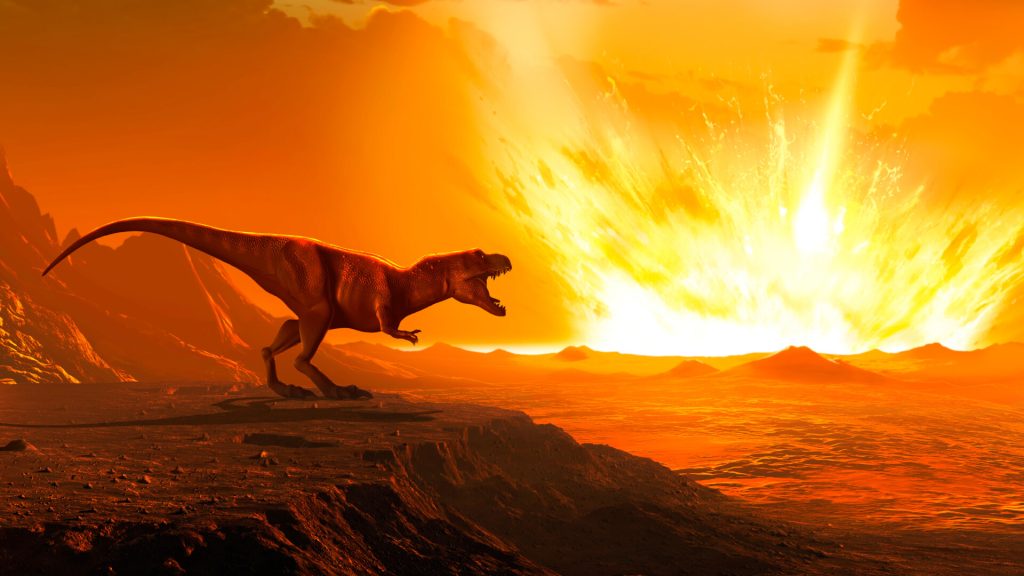
The Cretaceous Period ended with a bang. The most widely accepted theory is that a massive asteroid struck the planet near Mexico’s Yucatan Peninsula. This catastrophic event wiped out about 75% of the animal species on Earth, including the dinosaurs. This mass extinction allows for the rise of mammals … including humans.
More Fossils to Be Discovered?
Shaw pointed out that the two 80-million-year-old fossils were both discovered during the same outing following Cyclone Gabrielle. To make two significant finds on the same day, to Shaw, is an indicator that there are more fossil discoveries to be made.
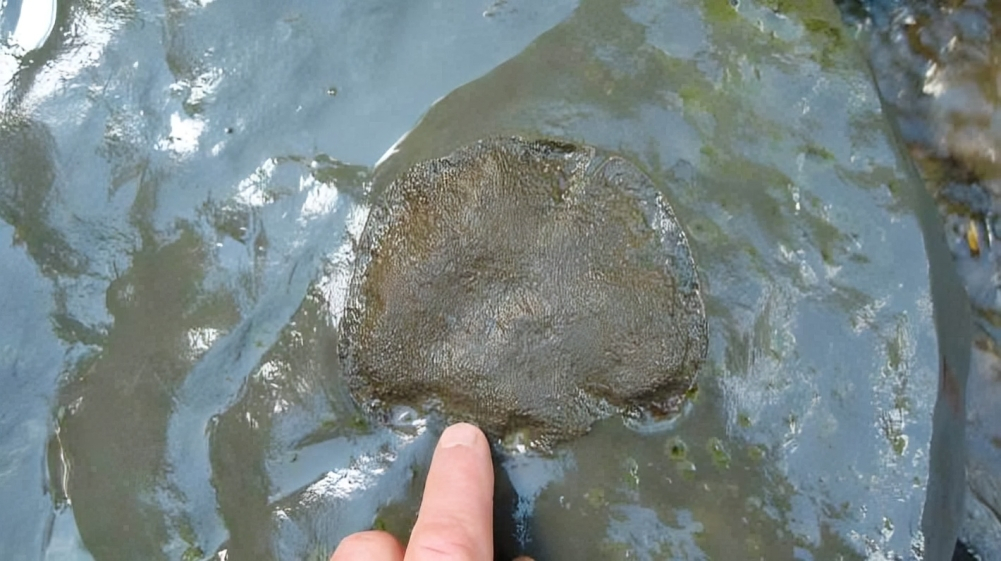
Cyclone Gabrielle’s destructive power may have wreaked havoc on New Zealand, but from a paleontology standpoint, it was a fortuitous event. Thanks to the massive storm, the Cretaceous rocks of the Maungataniwha Native Forest have been shaken up enough that they are revealing their secrets.

